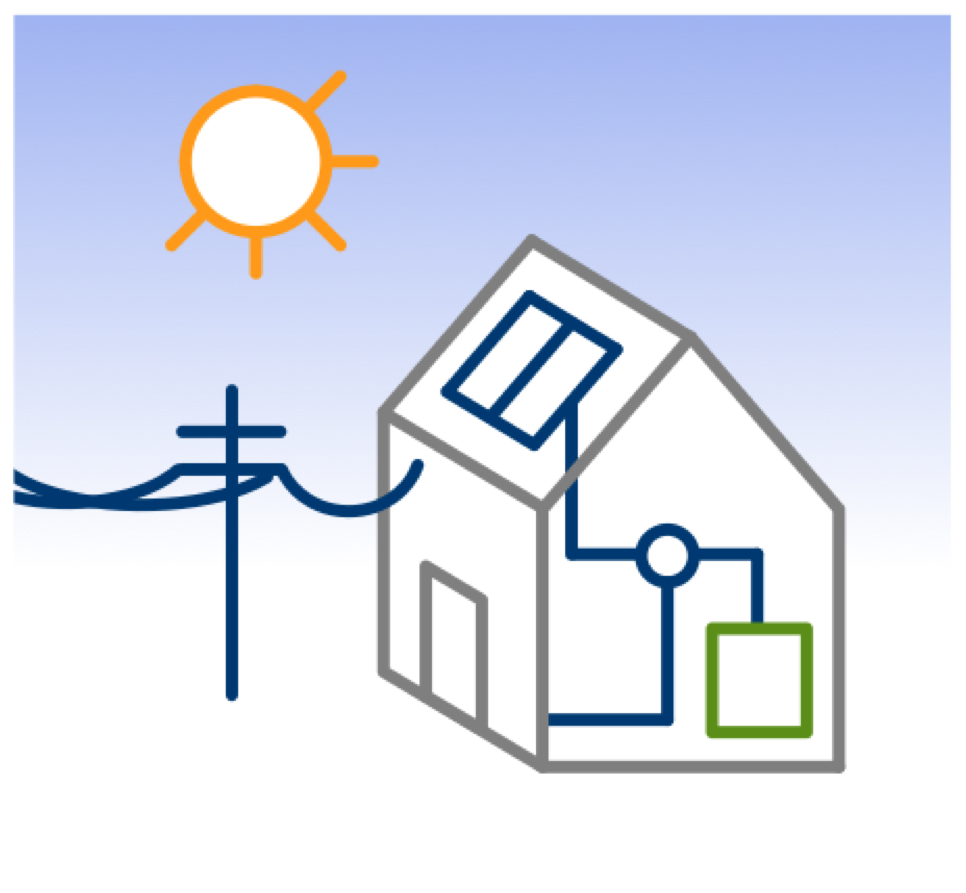Increased population is using increasing resources in Lowndes County, Georgia:
Increased population is using increasing resources
Chart by John S. Quarterman for Lowndes Area Knowledge Exchange (LAKE) from Georgiainfo data.
| Census | Pop. |
|---|---|
| 1830 | 2,453 |
| 1840 | 5,574 |
| 1850 | 7,714 |
| 1860 | 5,249 |
| 1870 | 8,321 |
| 1880 | 11,049 |
| 1890 | 15,102 |
| 1900 | 20,036 |
| 1910 | 24,436 |
| 1920 | 26,521 |
| 1930 | 29,994 |
| 1940 | 31,860 |
| 1950 | 35,211 |
| 1960 | 49,270 |
| 1970 | 55,112 |
| 1980 | 67,972 |
| 1990 | 75,981 |
| 2000 | 92,115 |
| 2010 | 109,233 |
| Georgiainfo data | |
The population of Georgia has almost tripled during my lifetime, has about doubled since 1970, and has increased 18% in just the ten years from 2000 to 2010. That blip up between 1950 and 1960 is Moody Air Force Base.
That kind of growth doesn’t happen without increased resource use. If we want a livable county and region for ourselves and our descendants, we need to think about what we’re doing, with water, with transportation, and with energy, not to mention education, jobs, and pretty much everything else. We already cut down and sold off almost all the forests. Now we need better ways than using up all the resources that were here.
Hm, how about some knowledge-based jobs in energy and telecommunications and agriculture?
Speaking of Moody, the U.S. military learned in Afghanistan that shipping oil to places where you can generate solar energy produces a vulnerable supply chain. Moody is already leading in local solar energy. How about we help our base help us help them to move ahead in solar for everybody in Lowndes County and the state of Georgia?
-jsq















